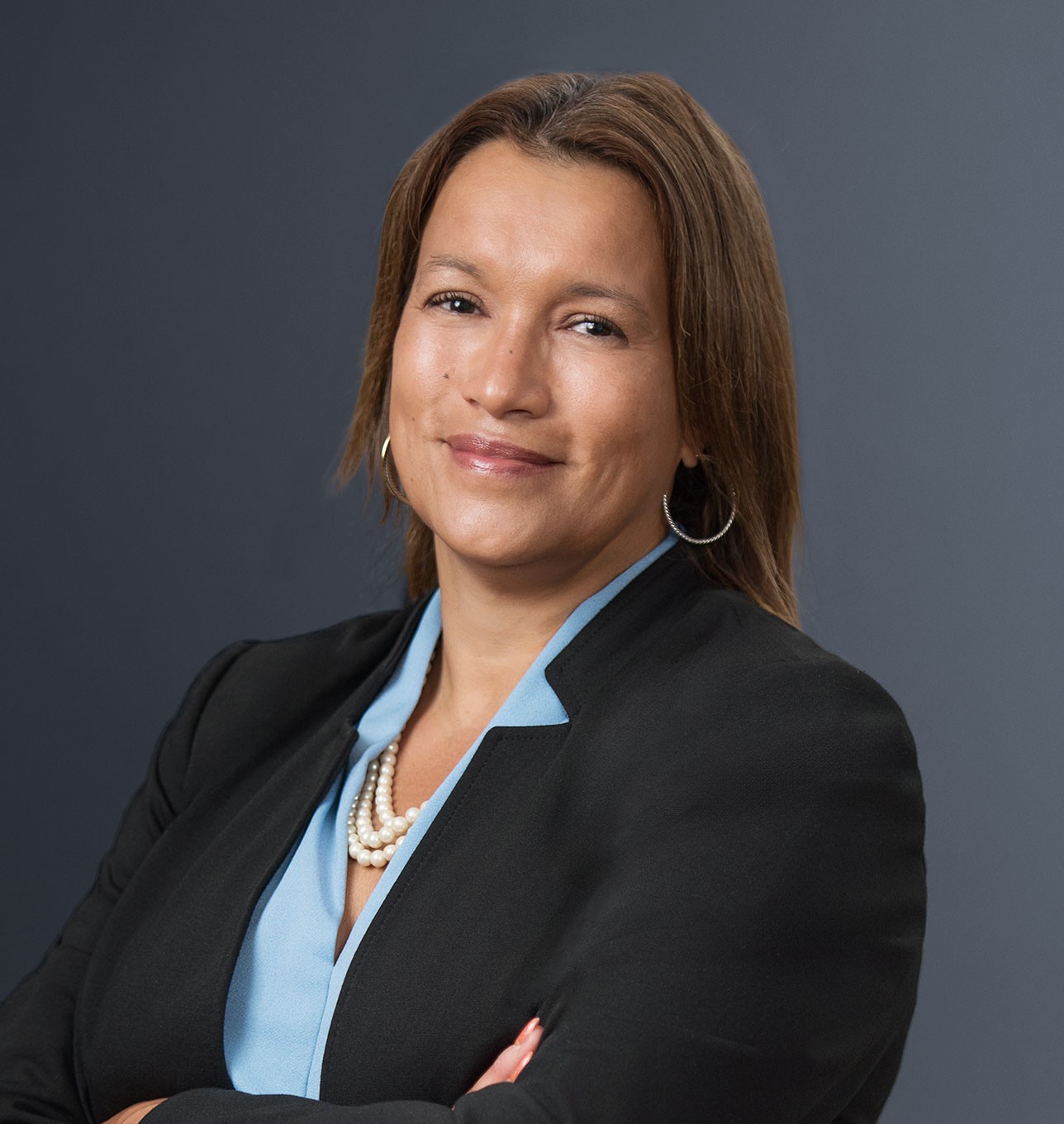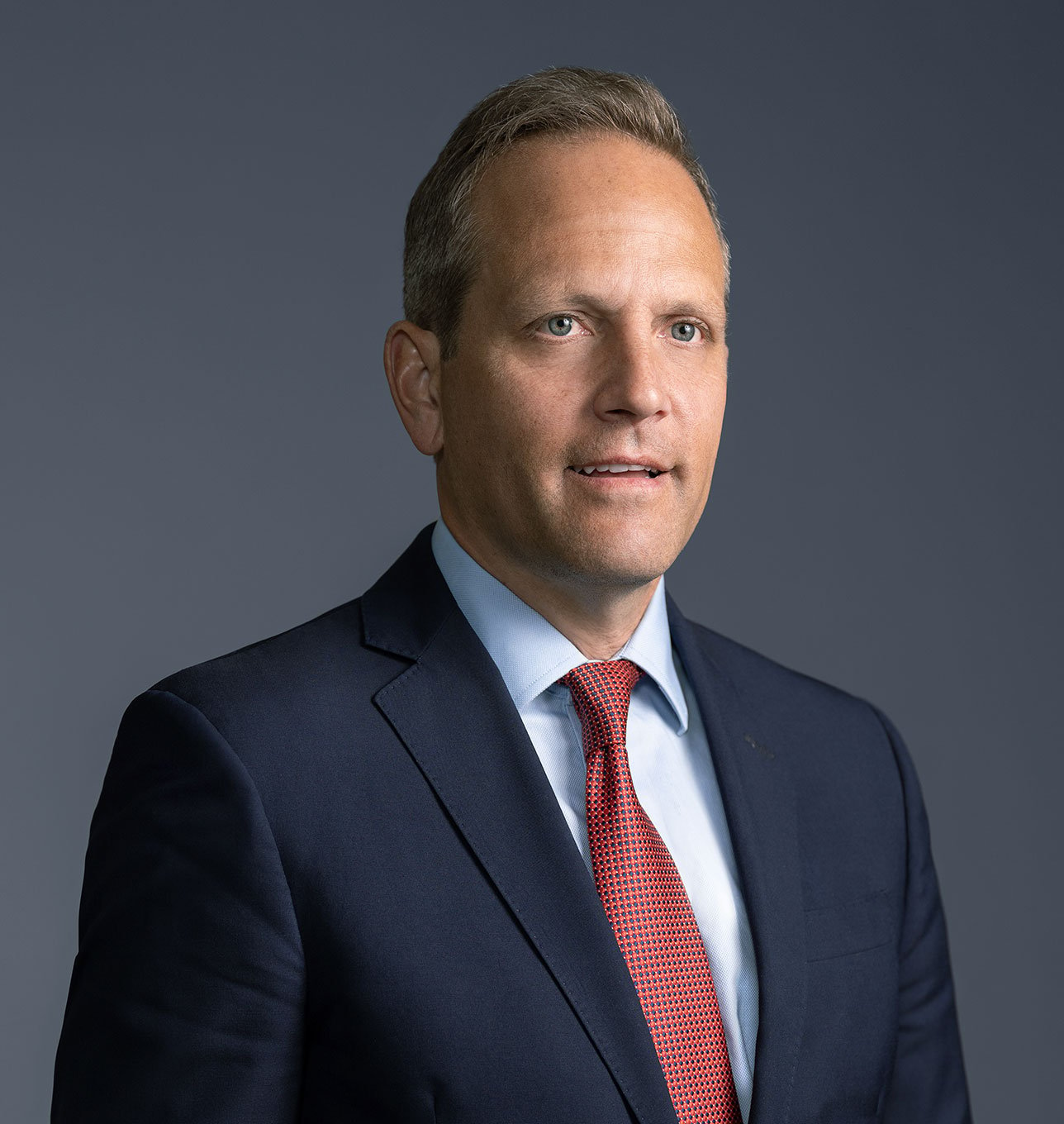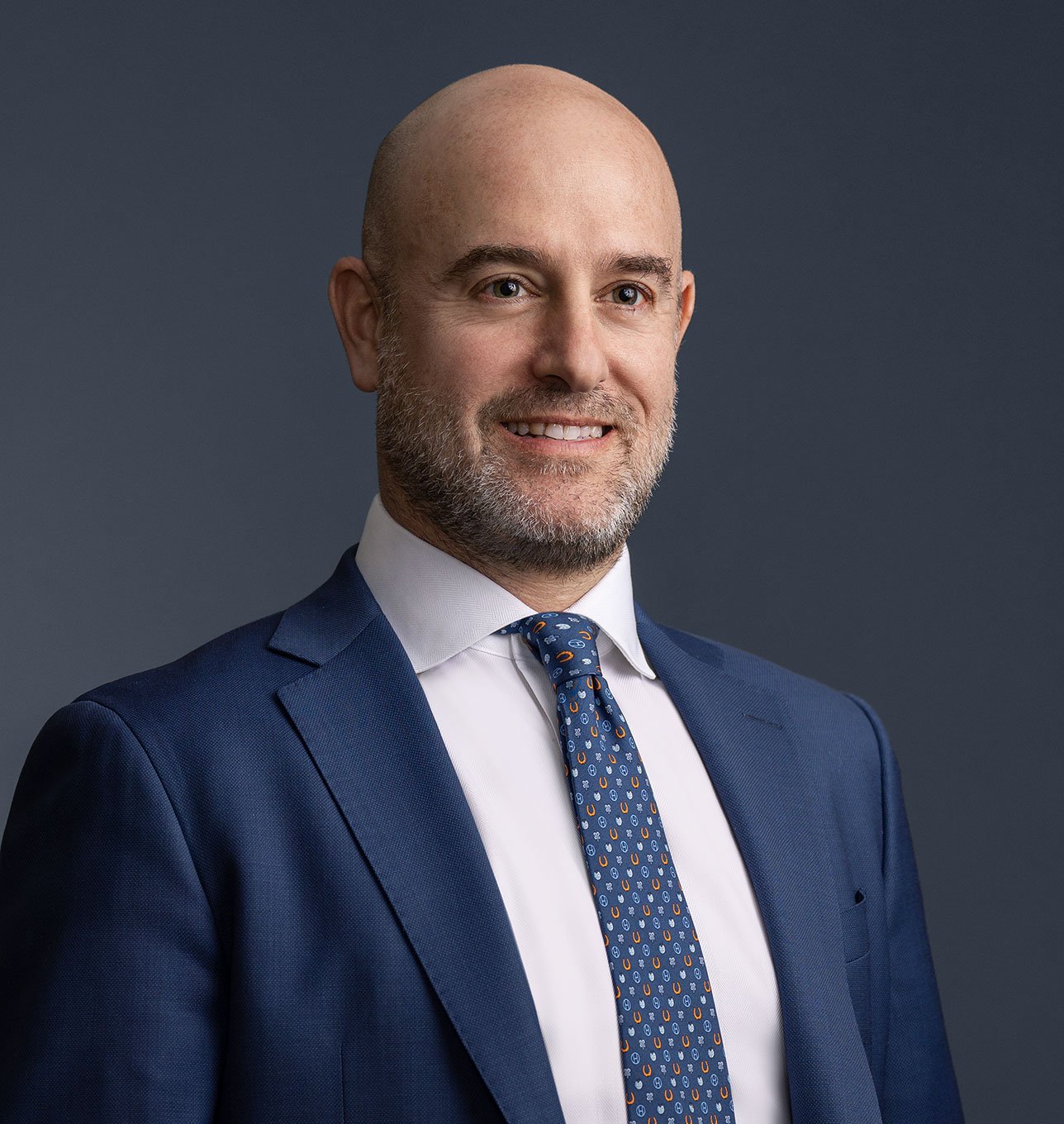The Supreme Court Continues Its Recent Trend of Rejecting DOJ’s Broad Reading of Federal Criminal Law in Thompson v. United States
On March 21, 2025, the Supreme Court continued its push back on an expansive reading of the federal criminal laws involving fraud and corruption by overturning the false statement conviction of Patrick Daley Thompson. In a unanimous ruling delivered by Chief Justice Roberts, the Court held that the federal statute of conviction, 18 U.S.C. § 1014, which makes it a crime to, inter alia, make a false statement to certain federal agencies does not criminalize misleading statements that are not false. As discussed below, this decision raises the burden on prosecutors to prove a statement is false—and not just misleading—in future prosecutions of 18 U.S.C. § 1014.
The Case: Thompson v. United States
The pertinent facts involve statements that Patrick Daley Thompson, a former Chicago alderman and the grandson and nephew of two former mayors of Chicago, made to loan service providers and contractors for the Federal Deposit Insurance Corporation (FDIC).
Thompson had taken out three loans from the Washington Federal Bank for Savings, totaling $219,000. After the bank failed, the FDIC became responsible for collecting the outstanding loans. During a call with an FDIC loan servicer, Thompson disputed the $269,120.58 balance shown on his invoice (which consisted of the $219,000 Thompson had borrowed, plus interest), stating that he had “no idea where the 269 number comes from,” and that he borrowed “$110,000,” which was the amount of the first loan. Thompson made similar statements in a later call with FDIC contractors. Thompson was later charged with violating 18 U. S. C. § 1014, which prohibits “knowingly mak[ing] any false statement” to influence the FDIC’s action on any loan. A jury found Thompson guilty. He moved for acquittal, arguing that his statements were not false because he had, in fact, borrowed $110,000, even though he later borrowed more money (i.e., loans two and three). The courts below concluded that they did not need to determine the falsity of Thompson’s statements because they read Section 1014 to also criminalize misleading statements, and Thompson’s statements were, at a minimum, misleading.
On appeal, the Supreme Court reversed, holding that Section 1014 does not criminalize statements that are misleading but true. In so doing, the Court cited the law’s text, noting that it prohibits making only a false statement and does not “use the word ‘misleading.’” The Court explained that “false and misleading are two different things.” The Court provided several examples of this key distinction, including that: “If a doctor tells a patient, ‘I’ve done a hundred of these surgeries,’ when 99 of those patients died, the statement—even if true—would be misleading because it might lead people to think those surgeries were successful.” Thus, the Court found, “[g]iven that some misleading statements are also true, it is significant that the statute uses only the word ‘false.’ If that word means anything, it means ‘not true,’ both today and in 1948 when the statute was enacted.”
The Court also noted that other federal laws do use the word misleading and therefore, if Congress wanted to include “misleading” in the statute, it would have done so here. For example, the Court cited several federal laws that use the word “misleading:” 18 U.S.C. § 1038(a) (False Information) (“convey false or misleading information”); 18 U.S.C. § 1365(b) (Tampering with Consumer Products) (“renders materially false or misleading the labeling of . . . a consumer product”); 18 U.S.C § 1515(b) (Obstruction of Justice) (“making a false or misleading statement”); 15 U. S. C. § 77q(a)(2) (Securities Act) (prohibiting obtaining property through “any untrue statement of a material fact” or “any omission” that renders a statement “misleading”).
The Court declined to determine whether the conviction should still stand because the statements were actually false, and not just misleading. The Court instructed that, upon remand, the district court can determine “whether a reasonable jury could find that Thompson’s statements were false.”
Impact on Federal Criminal Laws
The Supreme Court’s holding here will inevitably lead to further pushback on expansive readings of federal criminal law by prosecutors and embolden further challenges to future prosecutions based on false statement charges. Defendants will likely seek to have courts adopt a narrower definition of a false statement in criminal fraud statutes and look to apply it to regulatory civil actions by the federal government.
The Supreme Court’s unanimous decision in Thompson comes on the heels of several rulings by the Court in recent years curtailing broad readings of federal criminal laws in the fraud and corruption sphere. This includes the recent unanimous decisions in Ciminelli v. United States, 598 U.S. 306 (2023), rejecting the so-called “right to control” theory of fraud as a basis for liability under the federal wire fraud statute, and Percoco v. United States, 598 U.S. 319 (2023), overturning as vague the “domination and control” and “special relationship” test applicable to private parties with purported control over state or local government affairs. These follow the Supreme Court’s decision in McDonnell v. United States, 579 U.S. 550 (2016), in which the Court held that setting up a meeting, talking to another official, or organizing an event, without more, is insufficient to constitute the “official act” required for a conviction under the bribery statute, along with the Court’s decision in Kelly v. United States, 140 S. Ct. 1565 (2020), which held that the government must show that defendants engaged in deception in order to obtain property to sustain a conviction under the federal fraud statutes.
Notably, in a case argued in December 2024, and presently pending decision, Kousisis v. United States, 23-909, the Supreme Court is set to opine on whether deception to induce a commercial exchange can constitute mail or wire fraud, even if inflicting economic harm on the alleged victim was not the object of the scheme. Once again, the Court will have an opportunity to narrow the scope of a widely used criminal statute.







